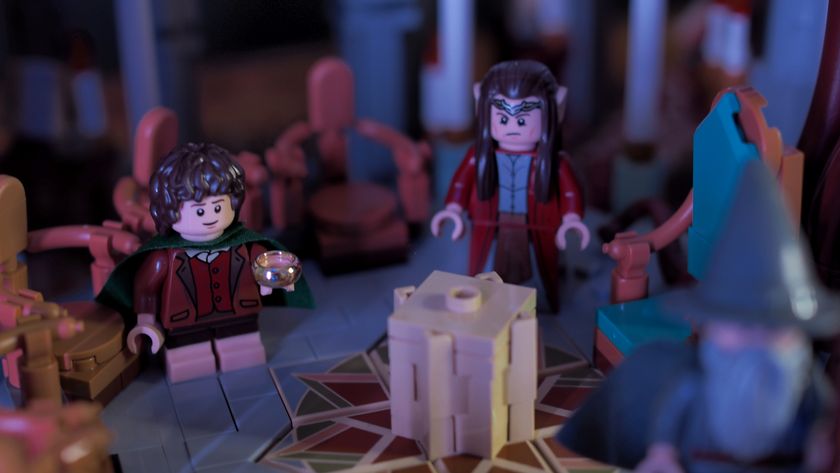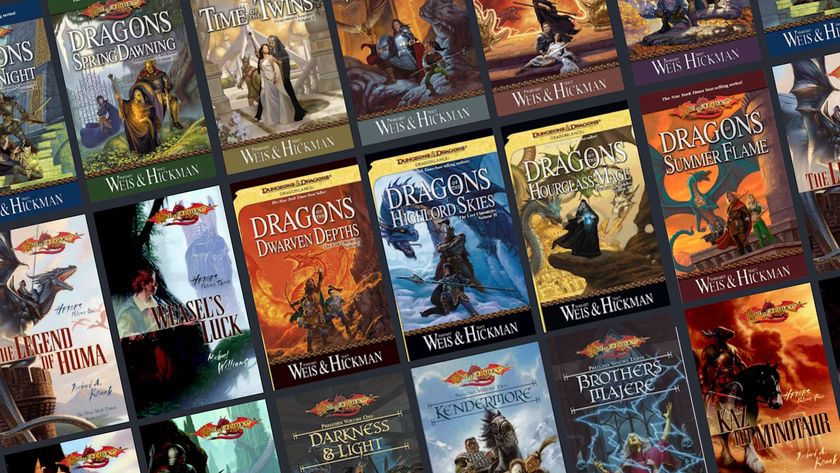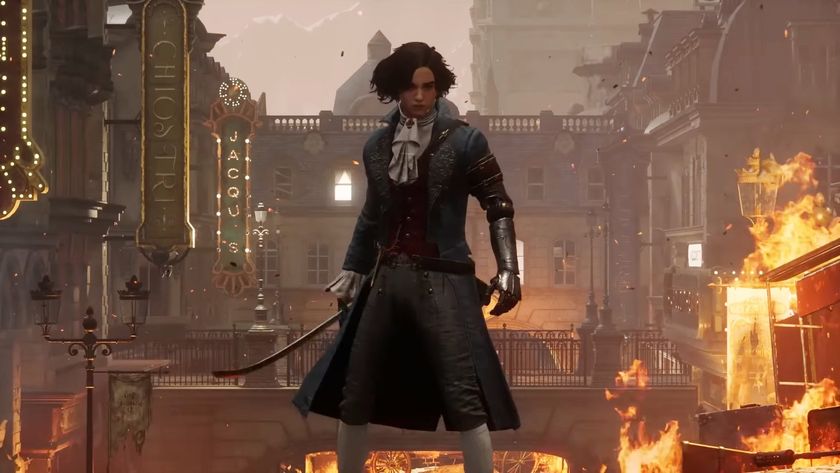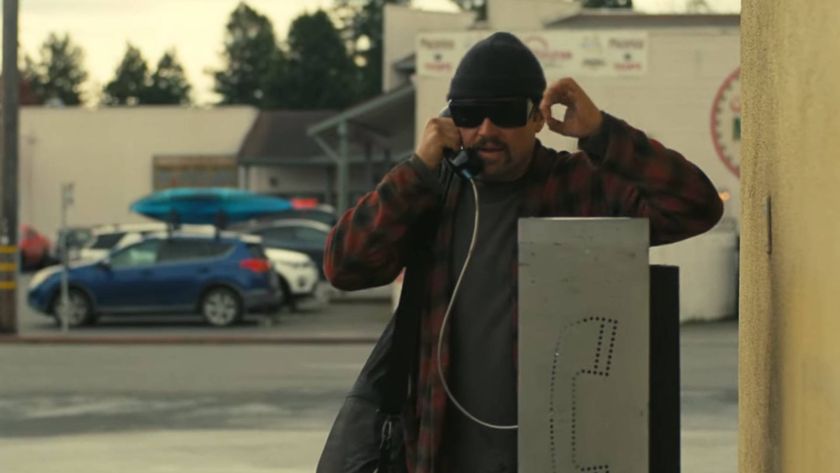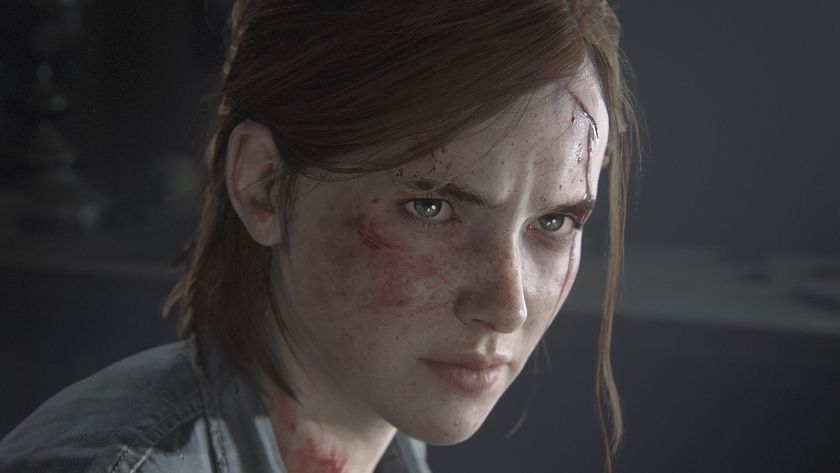The evolution of Wipeout from the devs behind the futuristic racer series
Retro Gamer speaks to key creatives behind the Wipeout series to explore its evolution
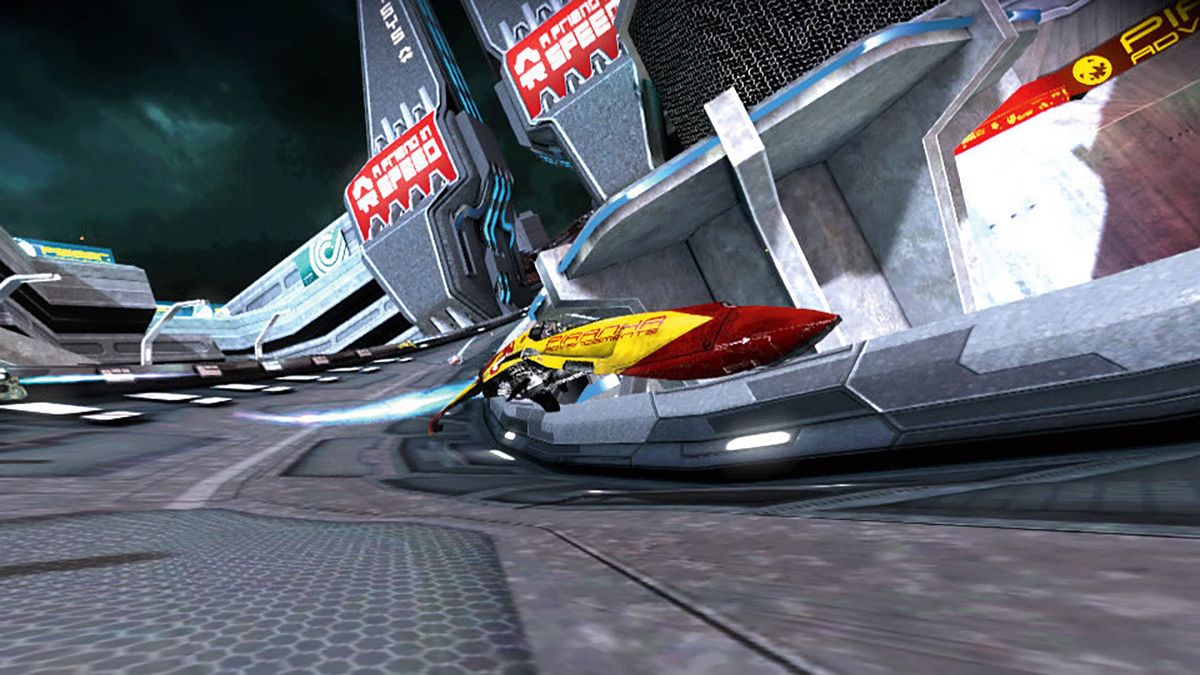
Even among a strong line-up of European PlayStation launch titles, Wipeout stood out from the crowd. The Psygnosis game's techno soundtrack, futuristic polygon visuals and breakneck speed were such a novel combination that it seemed like an immaculate conception. This was far from the case, however, as its designer Nick Burcombe had borrowed the game's mechanics from a SNES racer, and its concept artist Jim Bowers' gravity-defying ships had made their debut on the silver screen, as former Psygnosis creative Nicky Place points out.
"Nick Burcombe used to play Mario Kart while listening to really loud dance music, and he thought how ace it would be to develop a game that put those two things together," Nicky recollects. "Around that time, Jim Bowers was doing a sequence for the film Hackers, where the characters played a game with anti-grav racing ships, and that brought him and Nick together. Jim had also been instrumental in the look of the shoot-'em-ups Microcosm and Novastorm, but the shooting in Wipeout was because of Mario Kart."
Fast and futuristic
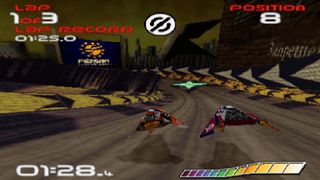
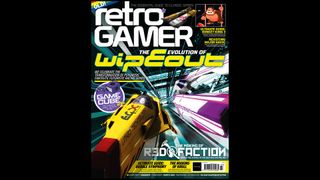
This feature first appeared in Retro Gamer magazine. For more in-depth features exploring classic games and consoles delivered to your doorstep or device, subscribe in digital or print to Retro Gamer Magazine.
In fact, Wipeout had near-identical power-up mechanics to the popular SNES title. It even depicted its power-ups as icons painted onto its courses, which led to greater involvement in the project by its renowned cover artists. "That was a key element in Mario Kart - driving over speed boosts or whatever," Nicky acknowledges. "It was that thing of trying to force players to be on a particular part of the track. The icons were all developed by The Designers Republic, which was originally just going to be doing the packaging, but we wanted to make its designs a really key part of the game’s aesthetics. So first and foremost it was about mechanics, and secondly we needed to think about what things were going to look like."
But while the collectible single-use weapons imprinted on Wipeout's tracks were down to Nintendo's racer, the Psygnosis title's ships were a product of the firm's earlier work. "Jim was developing lots of really cool concepts," Nicky enthuses. "He was driving a lot of the visual output and conceptual art at Psygnosis, as well as some of the tech he was using. He was the concept artist for the anti-grav ships, which he had built this amazing 'scratch' model for. I think the ships lent themselves so well to the gameplay. The idea was that you could actually fly a lapped track, which meant we didn't have to create the dynamics of a car stuck to a course."
Further freedoms stemmed from Wipeout's futuristic setting, although Nicky was keen that it should have a realistic look that wasn't too dissimilar to the 20th century. "The opportunities were that it was fun just to create things that had never been thought of before," Nicky reflects. "So billboards in the future, and things like giant walkways. But it was very much rooted in normality, even though it was futuristic, so there was stuff that you could have just been driving around. We were also playing with the idea that yes you might have these great metropolises, but there would also still be some natural world left. So there were rolling hills and mountains."
Racing to the finish line
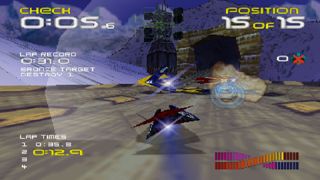
This leaning toward rural locations was driven by expediency as much as design, so much so that all but one of Wipeout's tracks was set in a natural environment. "There were questions about how we could make big things quickly, and I think Nick suggested that a track might be heading inside a mountain," Nicky ponders. "Whereas if we had made a big city there would have been a lot of detail we'd have had to put in there to make that believable. We could do elements of that when you got a very close view, but where you got a wide view we needed something big that wasn't going to take us forever to model."
The race to model courses was driven by the European PlayStation launch, which came nine months after work on Wipeout had started, at which point it became the system's killer app. "The styling wasn't that far removed from the stuff that we had done before, the Psygnosis output was very sci-fi/futuristic, but then Wipeout was a real shift," Nicky reviews. "It was bringing in that fusion of graphic elements, gameplay and music. A lot of people absolutely loved Wipeout because of its music; that really hit a nerve. Gaming had been quite niche, then the PlayStation - and Wipeout - were instrumental in making it really big."
Sign up to the 12DOVE Newsletter
Weekly digests, tales from the communities you love, and more
Given the buzz around Wipeout, its developers would have been aware of its success even if they hadn’t left their Liverpool office, but they made a point of marking the occasion. "I remember we went over to Manchester on the launch day to a big HMV [a UK retailer], and it was a big thing," Nicky says with a smile. "People were queuing up to buy it, so we just went over to see it in the store. I remember us all standing around looking and thinking, 'Wow!' Because Wipeout was one of just six games, or whatever it was, and we couldn't believe we had managed to do it. It was an incredibly short turnaround."
One positive side effect of Wipeout's hurried creation was that a refined sequel was an obvious move, and as former Psygnosis designer Rob Francis points out there were elements of the original game's combat that could be quite easily built-on. "Wipeout had weapons that slowed down the ships when they were hit, and so the natural extension to explore in order to make it a more exciting race was to actually take out enemy ships - and also to have the risk of being taken out yourself," Rob reasons. "We had a lot of fun with the AG Systems ships, which had the weakest shields. I have fond memories of linking up two PlayStations, so myself and coder Chris Roberts could go one-on-one with those!"
As well as being fun, playtesting of the Wipeout follow-up - Wipeout 2097 - also produced one of gaming's most memorable weapons and a useful visual effect. "The Quake wasn't in the original design - glory for that goes to Chris," Rob points out. "He was tinkering around one day, and realised that because of the simple geometry of the main track he could get a nice effect going that would kind of ripple down it. He got a lot of attention in the studio for that. You couldn't really escape it, because it was so long. Credit also goes to him for 2097's ship trails; you could actually see ships in the distance because of those."
Further enhancements over the original game came in the form of checkpoints that had to be reached before a countdown hit zero, although AI ships were exempt. "The AI couldn't miss a checkpoint because of their system, so basically they were always going to hit them," Rob explains. "More generally, the reason the checkpoints were introduced was really just to add urgency to the races, where you were always pushing forwards. So it was an extra moment-to-moment pressure for the player, but I balanced them fairly generously. So, as long as you were going forward and as long as you didn't get mined or missiled too much you were going to hit them."
Like Wipeout before it, Wipeout 2097 was a hit on the PlayStation and was converted to other systems. Neither game was ported to the N64, but it did get a system exclusive. "Wipeout 64 had an even shorter production time than 2097, so its courses were all mirror versions of Wipeout and 2097 tracks," Rob remembers. "An opportunity came up at the studio, and there was a small window to quickly get out a version of N64 Wipeout that would basically be a mixture of the two previous games on the PlayStation. All we really had time to do was just reverse the geometry, do a quick playtest to see if the tracks worked well in reverse and then dress them."
Graphical evolution
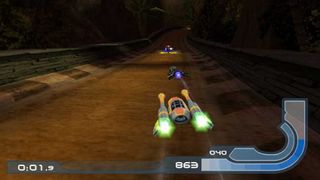
But despite its brief development, ship-specific 'Super Weapons' were introduced in Wipeout 64 to get players to try each craft out, including the unlockable Piranha II. "We knew that everybody had their favourite ship," Rob concedes. "Feisar had easy handling but was fairly slow, AG Systems had faster acceleration, then Auricom was the all-rounder and Qirex handled like an absolute boat, but was fast as hell! So I was trying to introduce something to make each one a little bit more special to give players a reason to explore some of the others. Piranha II was another Chris Roberts creation. I didn't do the handling for that, because only he could fly it!"
Soon after WipEout 64's release, a visually reimagined follow-up was dreamt-up by Nicky Place and The Designers Republic's Mike Place, as coder David Jefferies recalls. "Wip3out had a grounded look; it was a future of somewhere you already knew," David observes. "That was because Nicky and Mike loved futuristic industrial visuals, but neither of them liked sci-fi. Another thing was that one of the programmers - Pete Bratcher - got the game to run in high definition, which gave it much cleaner lines, and he wrote some clipping algorithms, so there were no holes or popping. That really influenced the visuals, because we could have beautiful, smooth vector artwork in-game that mirrored Mike's prints."
To complement the game's graphical evolution, the track design and gameplay of the previous titles were overhauled, which resulted in real world structures, combat modes and split-screen multiplayer. "We had a tool that the artists and designers could sketch out tracks with, export them into the game and race on them, which meant quite fast iteration," David reviews. "The one set in the mall was by Nick Phillips, who was from Sheffield. It had a massive shopping centre called the Meadowhall, and that was why Nick did the big mall in Wip3out. Then when we added the split-screen mode we thought a little more battling would be cool - although you could also play the Eliminator mode as a single-player."
As with other aspects of the project, Wip3out's split-screen two-player challenges came out of the game’s tech, but its prototype courses were a product of visual design. "Because Wip3out ran in high-def I could put two square split-screens next to each other that were each the resolution of the original WipEout," David beams. "That was cool, because you could invite people around, have a few beers and play split-screen multiplayer together. The artists came up with the prototype courses, and they implemented those. They basically took a square texture, and gave it a cream centre and a dark outline around the boundary. Then they textured tracks with that, and it gave them this cool solid wireframe look."
Unsurprisingly, Wip3out won plaudits when it came out for its high-definition PlayStation visuals, by which point Rob Francis was imagining multicourse environments for a PS2 sequel called WipEout Fusion. "The goal was to get as much reuse of the environments as possible, because we were jumping to higher polygon counts, so the overhead of dressing tracks became much higher," Rob reasons. "Some had wide areas, which was inspired by the open plain podraces in The Phantom Menace. But because we couldn't link those to the track the camera had to follow the ship. In the earlier games it had been fixed to the track, which gave that floaty feel to the ships, so we lost that in Fusion."
In the zone
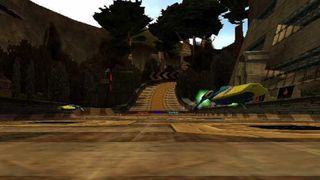
A major gain for Wipeout Fusion was its League mode, where credits were won for skill, lap times and damaging enemy ships, which could then be spent on upgrades. "We wanted to motivate players to upgrade each ship, to get a feeling of progression," Rob considers. "It also gave a long tail to the game. There had always been a relationship between Wipeout and F1, so we even toyed with the idea of starting the player out with the choice of low-level teams, where they would have progressed through a career-type mode. That wouldn't necessarily have had a direct relationship with upgrading the ships, but it would have lengthened the whole experience for players."
Another of Wipeout Fusion's new features was Zone, a single-player challenge with a constantly accelerating ship without air-brakes, which had an unlikely inspiration. "I was playing Tetris, and thinking how we could express its mechanics in a racing game," Rob reveals. "Tetris would start pretty slow and then get faster and faster, and you would have to stay in the zone to beat it. So that was where Zone mode came from, and everything kind of fell into place from there. Tetris was also why it had a score. We considered it to be the ultimate show-off for hardcore players who could far surpass whatever we could design - even the Zone mode!"
Following positive reviews of Wipeout Fusion, the series shifted to the PSP with Wipeout Pure, which ditched its predecessors' pit stops in favour of recharging shields by absorbing weapons, as Pure designer Karl Jones notes. "It was just to keep the momentum of the game up, because going into pits broke up the races a little bit," Karl assesses. "We wanted to keep Pure a lot more about just racing and keeping up the speed. The ethos was to strip everything back, because Fusion had layered a lot of additional things in there. So 'Pure' was the right name, because it was about losing anything that was extraneous and getting it right down to what Wipeout was loved for originally, which was high-speed racing."
A couple of Wipeout Pure's other design innovations came from an unlikely source, but its barrel roll and side-shift moves worked so well that Karl gladly accepted them. "They actually came from a coder - Martin Linklater," Karl divulges. "He just did a barrel roll one day, and then showed us. He just did it off his own bat and we were like, 'Yeah! That's cool.' He also did the side-shift - with the double-tap of the air-brake. It was brilliant too. It was always good when other disciplines had got a good 'design head'. You just got a much smoother ride if they understood design fundamentals, and then to the extreme - when they brought you cool stuff – it was even better."
Track design was an equally important aspect of Wipeout Pure's development, and more specifically how the placement of its power-ups and weapons could influence players' racing lines. "One of the aspects I remember was the position of the speed pads," Karl muses, "and getting those so you had a trajectory out of a corner where you were hitting them, or forcing players to take a corner tighter, or giving them a choice between a weapon or a speed boost. That took a lot of iteration, because if they were in the wrong place it was really obvious, so there were a lot of tweaks on those."
Changing lanes
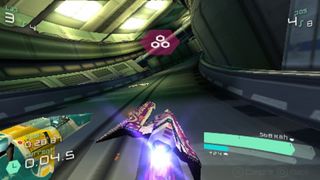
Once PSP gamers got their hands on Wipeout Pure, its popularity with them led to a follow-up being made for Sony's handheld, which an inspired Karl designed a grid-based challenge mode for. "We thought with hindsight that Pure was too linear, so we wanted to give players options, in terms of completing one thing and then getting a couple of options open up," Karl considers. "I was driving when we were trying to work this out, and I saw some chicken wire, and I was like, 'Ah! Shit, man! That's something we could do.' Subsequently it ended up in the game, and with grids you could force players down different paths, and take away harder events at the end of sprigs."
Further efforts to make Wipeout Pulse more accessible included an option to dial down the difficulty of its events, which would allow players to see more of the game. "Traditionally Wipeout had always been hardcore - to say the least," Karl concedes. "But I guess with each iteration, certainly from when I was on the series, we would look at ways to make it a little more inclusive, and that was just an obvious thing to do. You know, difficulty levels, and just trying to allow players to progress a little bit more. So I guess with Pulse we started to get conscious of how hardcore things were, and started to layer that stuff in."
Another area of Wipeout Pulse's design took its lead from the gravity flip pads in one of Wipeout Fusion's courses, which flipped ships between ground and ceiling tracks. "Sometimes Fusion would suck the ships to the tracks in places, which allowed it to have some really crazy sections, and we wanted to do that!" Karl grins. "So we came up with 'mag strips' that allowed certain track sections to keep the ships on the track. That allowed us to do loop-the-loops, and sections where half the track was mag stripped. So if you went over an edge you would hug the track and fire straight down, otherwise you would launch off on a jump."
The success of Wipeout Pulse led to the PS3 title Wipeout HD, which included tracks from both Pulse and Wipeout Pure, and a new online mode with respawning ships. "Ships blew up a lot in the Wipeout games," Karl qualifies, "so if we had kicked you out after your ship blew up you might have only got one or two ships finishing most online races. So we allowed players to come back in, but they were punished sufficiently with the respawn time. A lot of the time, they had a chance to get back into the game, because other players would crash out as well, or they might fire a Quake forward and find themselves in the front of the pack."
After the launch of Wipeout HD on the PlayStation Network, an expansion pack Wipeout HD Fury followed, which set fresh challenges such as a Zone Battle mode, where ships raced to hit targets. "Zone mode was really cool, so it was how could we do an online Zone mode?" Karl contemplates. "With hindsight, it got quite complex, and I think it was difficult for people to grasp. But one of the reasons why it fitted was the aggressive nature of Fury. So it just evolved from wanting to have some form of Zone mode online, and over time it became what it was, where you were dropping shields and stuff. It was those aspects that I thought were a step too far."
Open roads
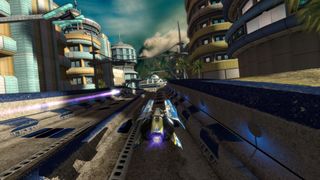

Save up to 52% on gaming magazine subscriptions for the perfect holiday gift
Another interesting test of skill came in the form of Wipeout HD Fury's Detonator, where a single ship had to clear explosives by blasting them to pieces. "I seem to remember that the Detonator mode just came from a brainstorming session," Karl ponders. "It was out of a desire to do more with the engine, and to do more with the fundamental idea of having a ship going around a track. When we first started to make it we were hand-placing the mines on the courses, but they ended up being dynamically generated. I think it was a semi successful mode, but not dissimilar to Zone Battles I think it was maybe a little bit forced."
Nevertheless, the feature-rich HD Fury was applauded on its release. Its follow-up was a PS Vita launch title and a prequel to the original game, with races on city streets rather than on custom-built tracks. "The idea of putting Wipeout 2048 in a city environment was to make it more relatable, and to make it more obvious that it was a racing game," Karl explains. "So there were traditional buildings and road surfaces with barriers that you might see at an F1 in Monaco. Then whenever the track behaved differently from a road the artists would bring in an augmented section of track that looked like it had been brought in for the race - similar to the way that the streets of Monaco are adjusted to accommodate F1."
Further efforts to increase Wipeout 2048's relatability included the inclusion of wide-open roads. These also gave more chances to fire weapons, which were colour-coded to deliver more strategic races. "The wider tracks were to accommodate people who liked traditional racing games - the fact they allowed for more combat was a side effect," Karl clarifies. "One thing we did in regards to the weapons and power-ups was to split them into defensive, offensive and speed boosts using the colour of the pads. So there was a little more strategy. Another thing was the combat spin, where you spun 180-degrees and fired backwards. We also reduced the air-brakes to one button, so people could use it like a handbrake."
The level designs for Wipeout 2048 were another key consideration, and they benefited from its urban setting perhaps more than any of the other aspect of the game. "Because a lot of Wipeout tracks had elevation we had the earlier 2048 tracks lower to the ground, and then we built up," Karl reviews. "It allowed us to do crazy stuff - like going up the side of skyscrapers and back down the other side. We also had shortcuts we called 'skill cuts', where, for example, we could make a split and put speed pads down an alleyway and weapon pads on the other path. Then we finished the game on Altima - a nod to the next game chronologically; the very first Wipeout."
A new Rush
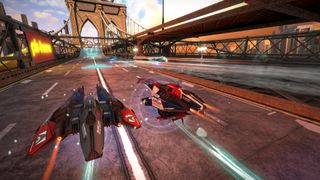
In more recent years the Wipeout series has been somewhat dormant. 2017 saw the release of Wipeout Omega Collection on PS4, a compilation which comprised Wipeout HD, its Fury expansion and Wipeout 2048. Notably, it was the first release in the series to not be coded by Studio Liverpool, which had closed in 2012 – the same year Wipeout 2048 was released.
Aside from updated HD visuals and the ability to listen to a 'Best Of Wipeout' Spotify playlist if you had the PlayStation Music app installed, the biggest upgrade was the ability to play the entire game in VR if you had a PSVR headset. It was a remarkable achievement that put you in the cockpit of your favourite vehicle and immersed you in a way earlier games in the series simply couldn't manage.
Excitement for Wipeout was later reignited in 2021 with the announcement of Wipeout Rush, but that enthusiasm was soon dampened when it was revealed to be a card-based management game for mobile phones. Coded by Amuzo Games and published by Rogue, the reception to the game wasn't that much of a surprise to Nick Roberts, Amuzo Games' head of studio. "The Wipeout community had set their hearts on a new Wipeout game for PS5, and rumours were flying around about a new game coming soon," he elaborates. "Then we announced Wipeout Rush for mobile. So I think we got to experience their wrath for a while, with a bit of organised review bombing from a subReddit. It's all calmed down now, with the same people actually enjoying the game after giving it a try."
And trying it was important, because while it didn't play like a traditional Wipeout game, Amuzo Games had still managed to capture many aspects of the series that have made it so beloved. "The aim with Wipeout Rush was to create a mobile gaming experience in the Wipeout universe," continues Nick. "We all just loved the franchise and wanted to bring it to new audiences. Our game had the familiar tracks, ships, teams and weapons of PlayStation Wipeout, but it was married to idle merge gameplay and simplified racing for a gamer on the go."
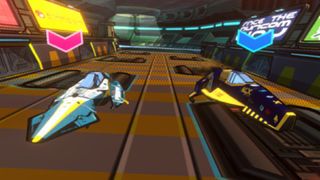
"Aesthetically, future Wipeout titles would be down to what we think the future is going to look like"
Nicky Place
One of the main reasons for the authenticity that Nick mentions is down to the support the studio had from Sony. There might not have been a main console release since Wipeout 2048, but Sony still clearly cared about its franchise. "As an ex-PlayStation magazine editor [having access to assets] was the biggest thrill of working with Sony on Wipeout Rush," admits Nick.
"We got to sift through the assets of all the big PlayStation Wipeout games to create our mobile game. The 3D models of tracks and ships were taken by our art team and given a comic-themed polish up and optimised for mobile. Then for authenticity the voice over and sound effects were used wherever we could fit them in. Our music was brand-new tracks from one of the original musicians too, so it was an authentic Wipeout experience."
Of course, for anyone that has played the most recent build, you’ll have noticed that the racing sections featured in the game aren't actually playable. While this will no doubt upset some, Nick is keen to point out that mobile games do constantly evolve. "The thing about mobile games is they are more a 'games as a service' model where we are constantly making improvements and changes to the game mechanics to create a game that players love and that works from a business point of view," he points out.
"Wipeout Rush has now been renamed Wipeout Merge, and we are still in soft launch, experimenting with various game setups to give it the best chance. As a free-to-play game, the goal is to attract as many players as possible and keep them playing as long as possible. Playable races is an idea that is on the table, along with many other things."
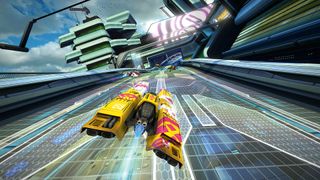
Wipeout Rush might not have been the game that many fans expected, but its latest update is still worth investigating if you're a fan of the Wipeout games, and its success will hopefully lead to Sony seeing the potential of the series on big consoles again. PSVR 2 is just around the corner and we can't think of anything more exciting than experiencing a new Wipeout game on it. For now, though, we'll just have to wait.
Given that the original Wipeout made gaming cool overnight, Nicky is modest about her contribution, although she recognises its impact. On the future of the futuristic series, she plays devil's advocate, and leaves her answer open to interpretation.
"I look back at Wipeout with mixed emotions," Nicky reflects. "It's so easy to look at it out of context of the time, but I'm incredibly proud of it and what was achieved by everybody - I played a small part in its creation; really it was down to Jim and Nick. Aesthetically, future Wipeout titles would be down to what we think the future is going to look like: a dystopian one or perhaps one where nature has completely taken over. So it would depend on what everybody thinks the future holds."
This feature first appeared in issue 233 of Retro Gamer Magazine, for more in-depth interviews and looks at classic games, you can subscribe to Retro Gamer here.
Rory is a long-time contributor to Retro Gamer Magazine, and has contributed to the publication for over 10 years. He also contributed to GamesTM magazine, and once interviewed Hunt Emerson.
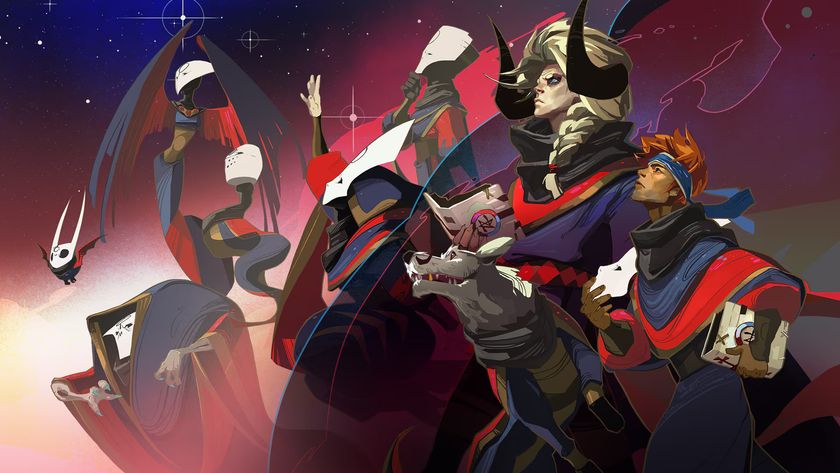
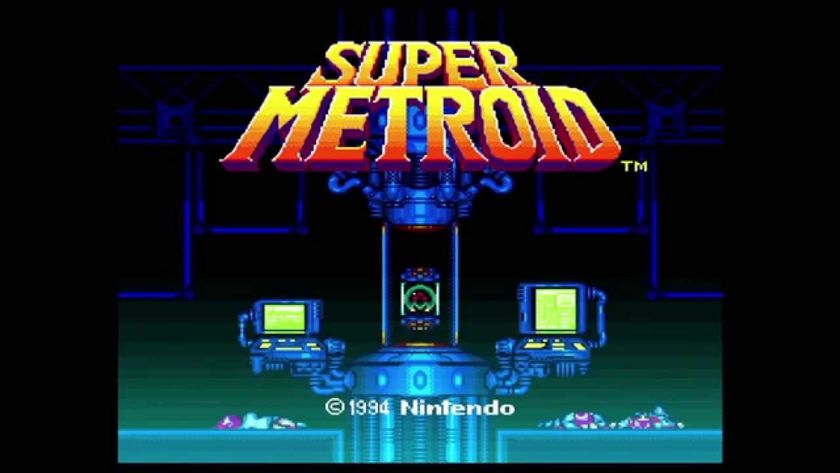
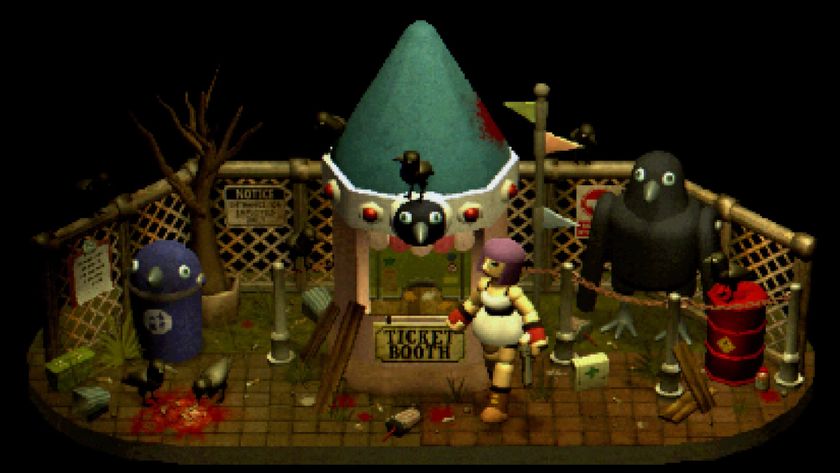
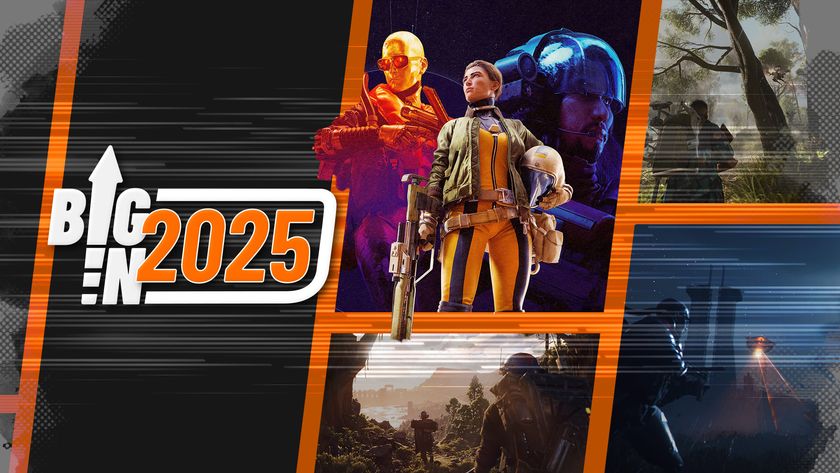
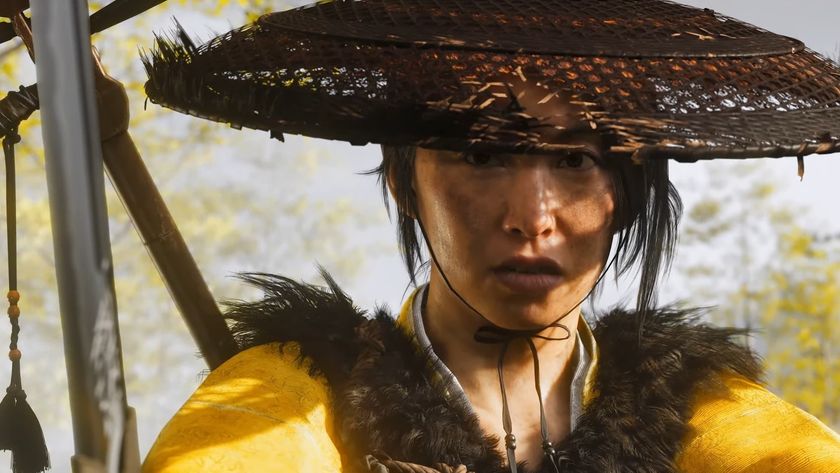
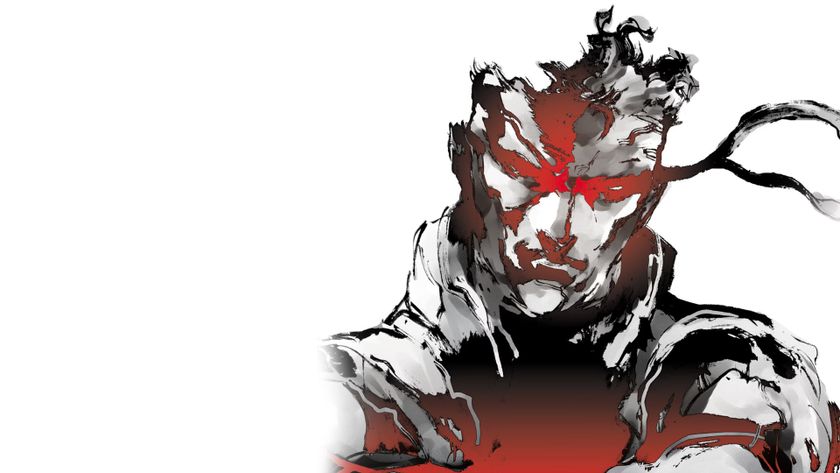
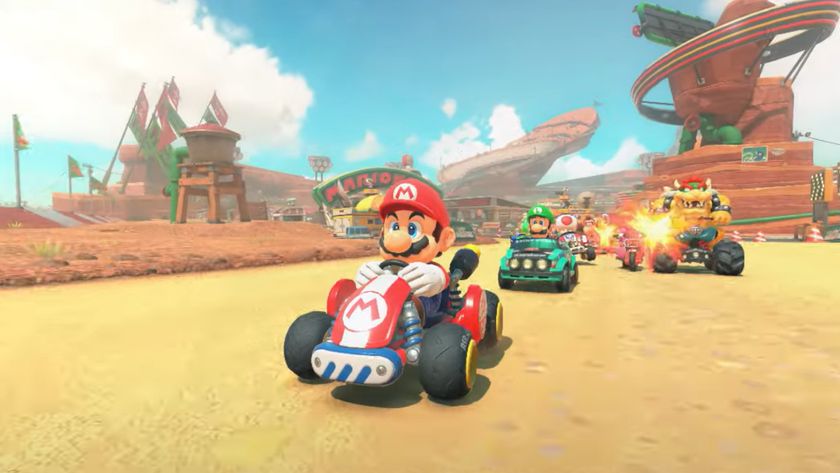
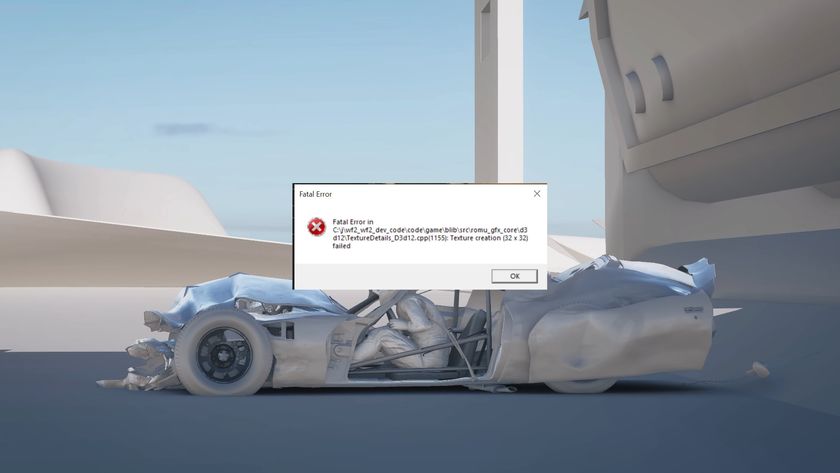
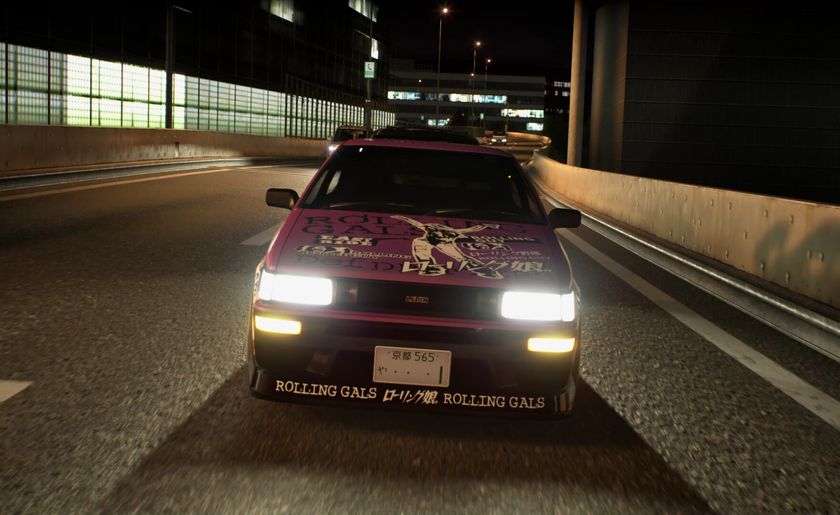
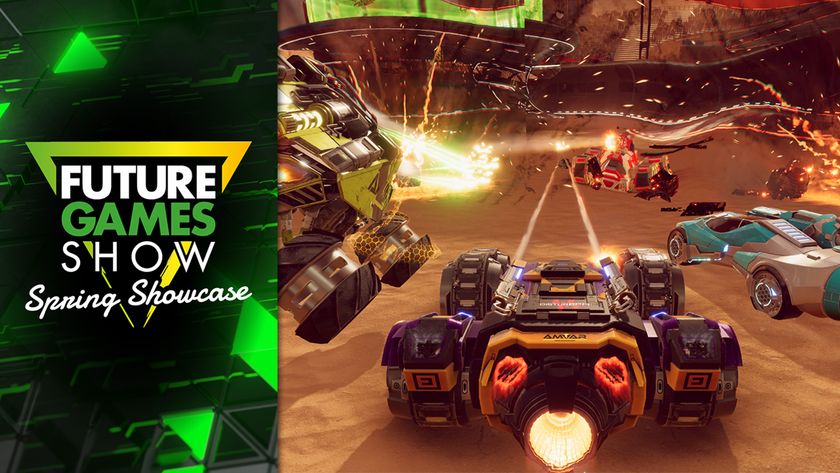
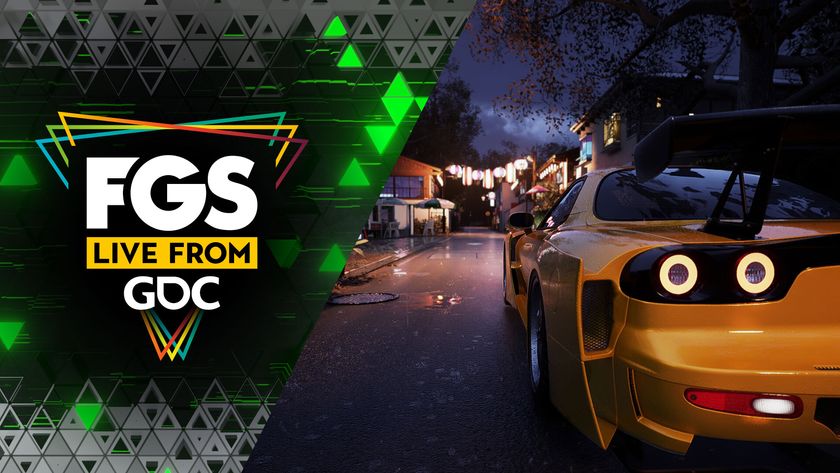
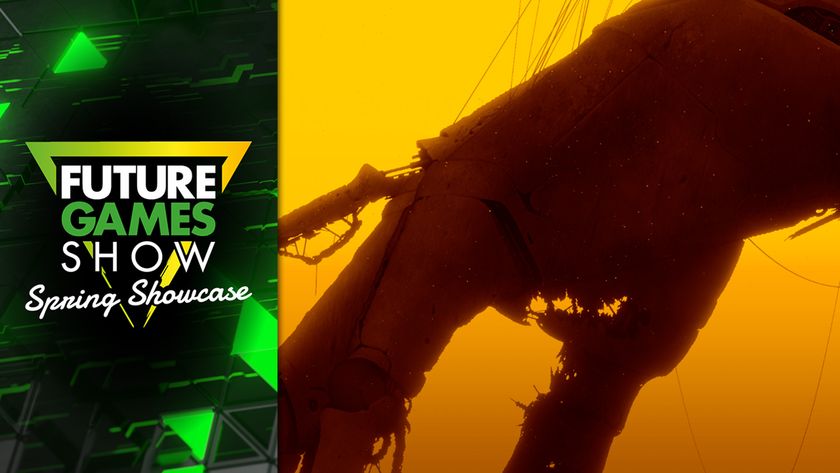
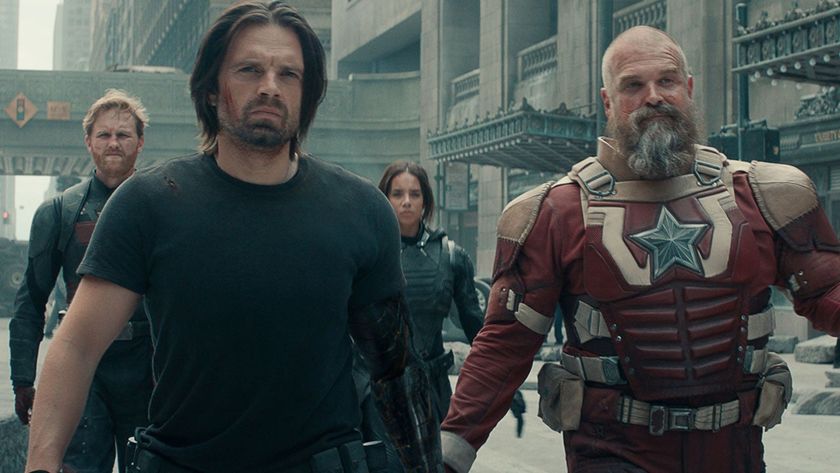
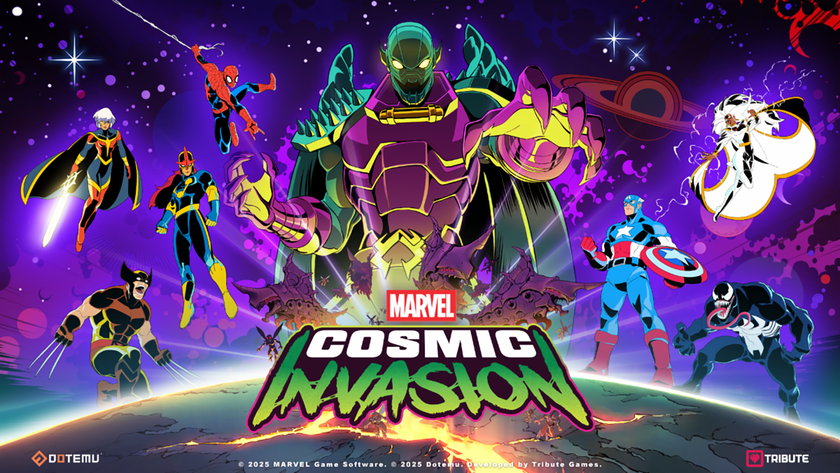
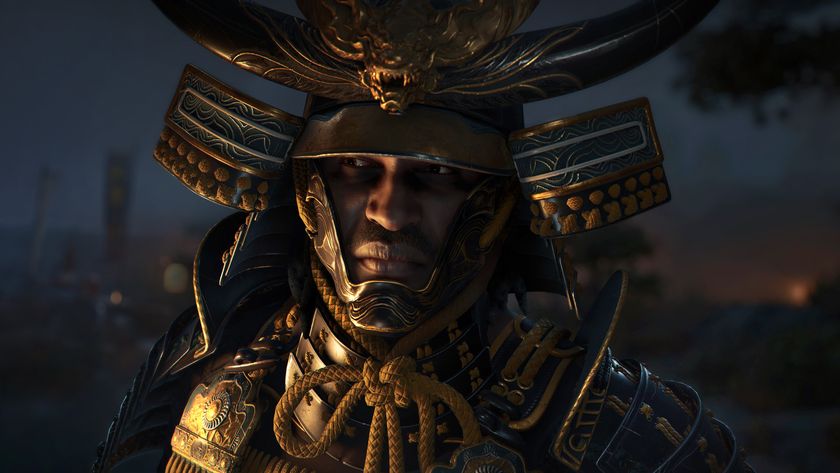
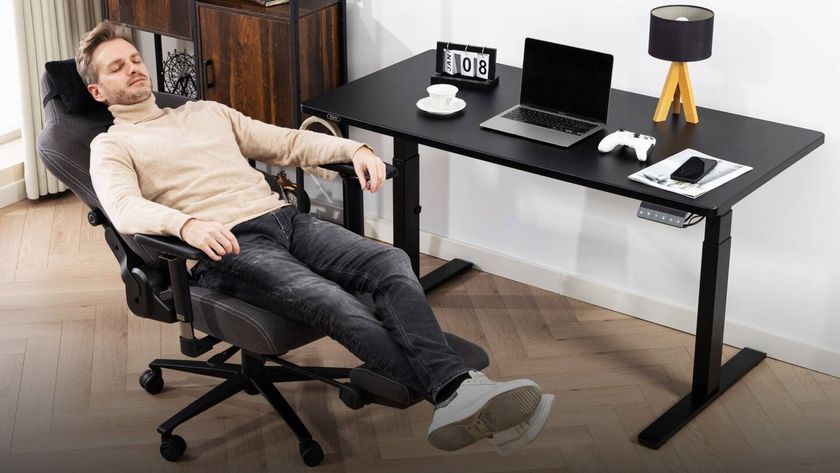
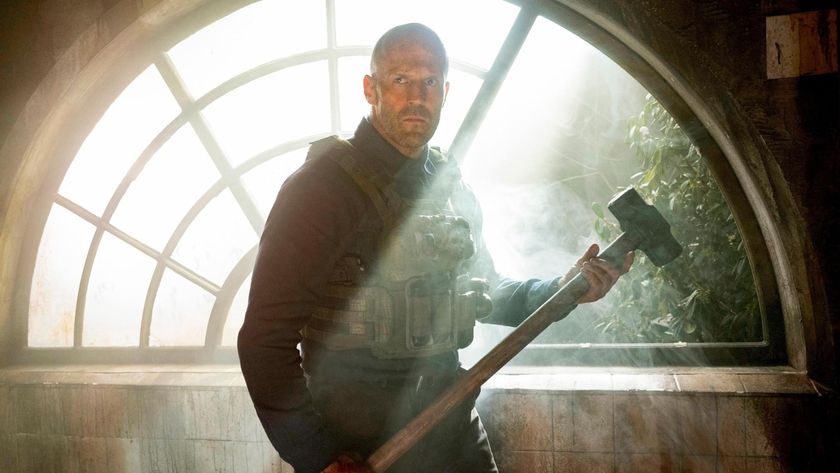
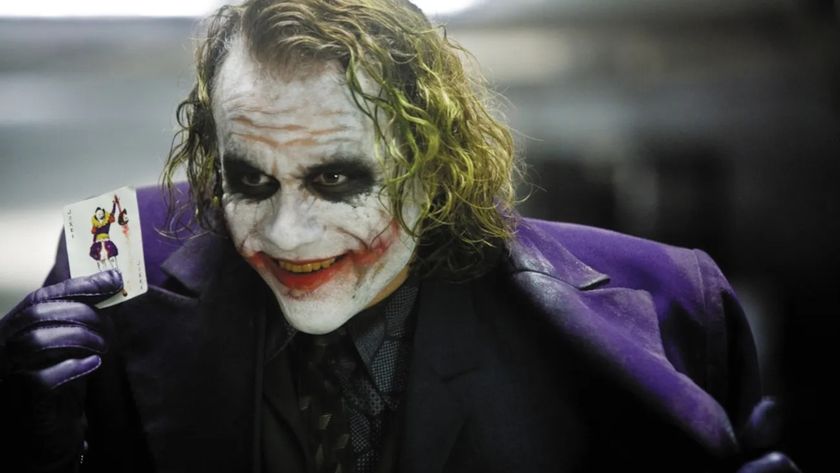

Porting Mario Kart 8 Deluxe to the Nintendo Switch was "kind of an afterthought," and now it's so popular that getting fans to switch could be a challenge

Devs behind beloved destruction-focused racing game Wreckfest launch the sequel in early access with a trailer full of physics glitches and fatal error messages
